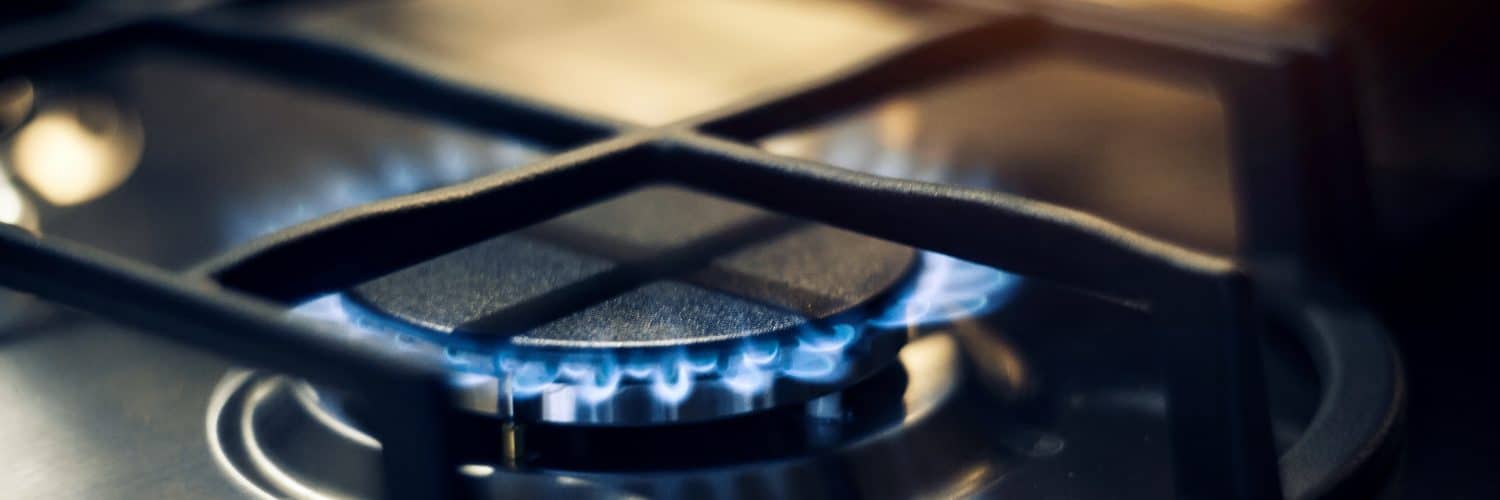Market volatility continues, with Henry Hub futures dropping over a dollar last Thursday, June 30th to close at US$5.424/MMBtu after a US pipeline safety regulator found unsafe conditions at the Texas Freeport liquified natural gas (LNG) export facility. US regulators want Freeport LNG to take corrective action after the June 8th explosion and fire and will not allow the plant to restart until an outside analysis is completed. Freeport LNG hopes to resume partial service in October and full service by the end of the year. Having the extra 2.0 Bdf/d of liquified natural gas supplies remain in the US has allowed US prices to drop about 30% from the near 14-year high above US$9/MMBtu in early June, before the LNG plant outage. Henry Hub natural gas futures for August have pushed back up over US$6/MMBtu, trading at US$6.26/MMBtu as of 1:30pm EDT Thursday afternoon. A lighter than expected storage injection, along with record-breaking power demand in Texas this week and next, has put upward pressure on prices. Front-month futures are still up ~53% this year, as higher prices in Europe and Asia keep demand for US LNG exports robust, especially since the Russian invasion of Ukraine. As reported by the International Energy Agency, the European Union imported more US LNG than Russian pipeline gas for the first time in June, as Russian state-owned producer Gazprom reduced gas supplies for European buyers failing to pay for gas in rubles starting in April.
The EIA estimated working gas storage was 2,311 Bcf for the week ending July 1st, following an overall injection of 60 Bcf. The bullish build was below expectations averaging 75 Bcf as power burn demand increased. Storage levels are 10.1% below year-ago levels and, relative to the five-year average, 12.2% less.
In Canada, prompt-month futures for AECO are trading at C$4.42/GJ, while Dawn is trading at C$6.69/GJ. Prices have fallen, with week-over-week decreases of $0.97/GJ and $0.99/GJ at AECO and Dawn, respectively. Canadian cooling degree-days over the last week were 42% below the ten-year normal and 68% below the same week last year, as mild temperatures reduced natural gas demand for domestic power generation. Point Logic reports Canadian natural gas storage for the week ending July 1st was sitting at 355 Bcf, after an overall injection of 21 Bcf. Eastern Canadian storage had an injection of 9 Bcf, and Western Canadian storage had an injection of 12 Bcf. The storage deficit is beginning to narrow, now 26% below the 5-year average and 22% below storage levels last year at this time. Canadian storage is 43% full, with Eastern storage levels now at 54% of capacity and Western storage 35% full. An injection of 21 Bcf is expected for the week ending tomorrow.
– Karyn Morrison, Energy Advisor








Add comment